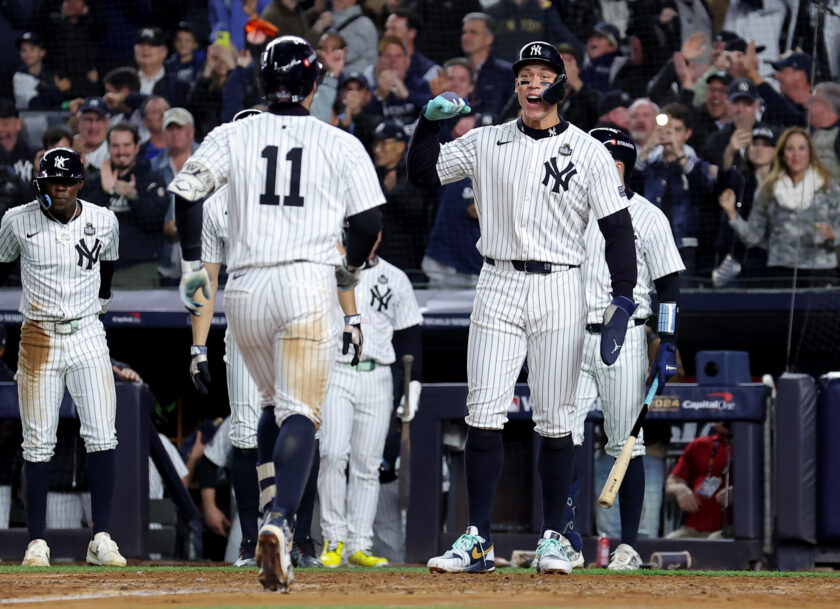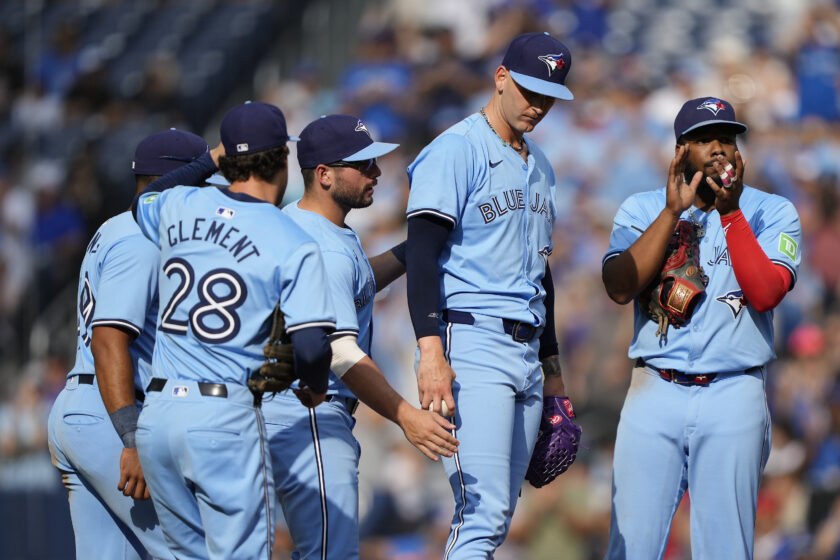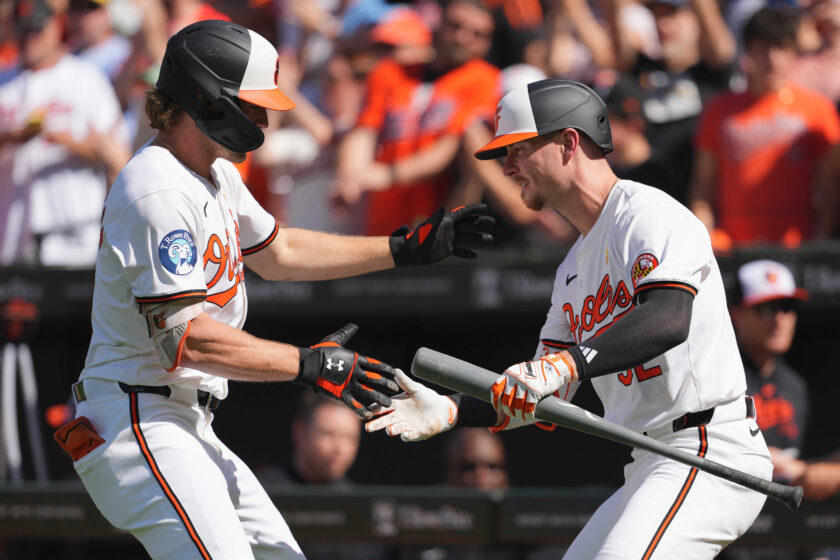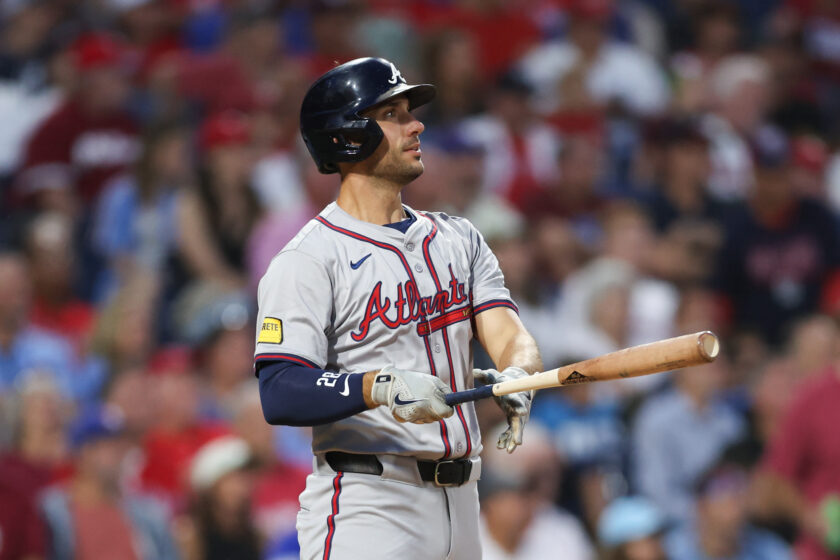The Insane NBA Salary Cap; Some Perspective
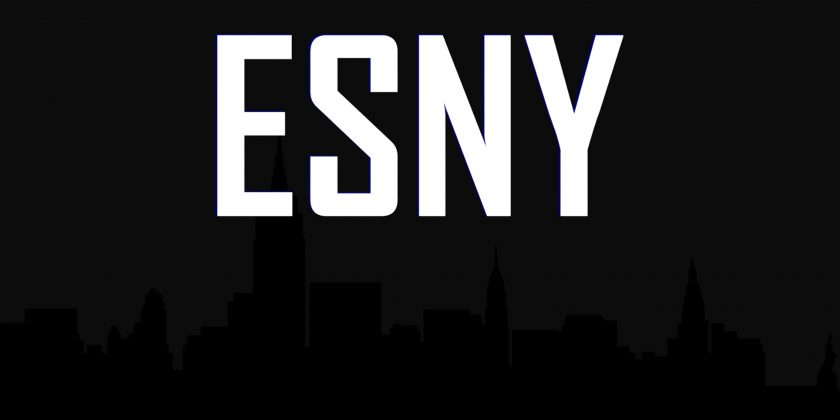
The rise in the NBA salary cap means players are making significantly more than in years past. That trend could continue, too.
NBA free agency for the 2016 offseason opened at 12 AM on the morning of July 1. There was not exactly a flurry of action, but there were oodles of speculative reports being bandied about. This entire free agency period has been and will continue to be fascinating because of what is happening with the league’s salary cap.
All player contracts are based off of the salary cap, which is based off of NBA league revenues. As revenue increases (in this case, mainly from new television contracts kicking in), the cap rises with it. Thus, each team can spend more money on its players as the sport is more successful. Makes sense. What doesn’t make sense is the way the cap is shooting up this offseason. The rise is gargantuan and unparalleled.
[sc name=”NBA Center” ]Last year’s NBA salary cap was $67 million. Though the figure isn’t set yet, and won’t be until after the financial year ends, the cap for 2017 is expected to be somewhere in the range of $94 million; the following season it’s expected to surpass $108 million. That’s more than a 50 percent increase in the span of two seasons. Such a jump is amazing for players hitting the market, but it has thrown a level of unknown over the whole process. No one outside or inside the league is quite sure how such a boost will impact signings.
The one thing that is guaranteed is players will get paid a ton of dough this month. With salary floors not technically but essentially preventing teams from having a team salary under a certain threshold, the money has to go somewhere, and organizations aren’t going to be tossing it to players already under contract.
So, the players up for bidding are going to reap the benefits, and boy have they already. Max contracts are flying around the league mainly because nearly every franchise has room to sign a max player, whether that talent-level distinction would have applied to said player in the past or not is really impossible to know.
Reports indicate, though, that some teams are going in the other direction and will avoid any major signings during this period. No one is going to be had for a bargain, thus avoiding the whole bidding war is the only way to prevent the signing of a bad contract. Some owners and general managers would be queasy if they looked back in four years and see that they had just paid Timofey Mozgov $64 million, whether the market deemed that plausible at the time or not.
The NBA is entering a different world, a different economic stratosphere beginning in 2016-17. It leaves the current players under contract wishing they had arranged different deals; it leaves current free agents in a scramble on what to do to maximize their value.
Taking a max offer is not really the maximum someone can make in this moving market. The most dough will come instead from grabbing a one-year deal and re-entering free agency again next offseason, when the max will be a higher sum. But that means leaving a heck of a lot of money on the table right now; a risky endeavor for even the most talented of players.
LeBron James has been using this strategy for years now, but there is no one else quite like him, with his mix of incredible skills and peerless health. A player betting on himself in this regard is one injury away from missing out on more than $100 million, or a bad season away from finding himself in a different market tier when new offers come around.
Everyone involved is behind the eight ball a bit with this new cap because it’s a situation that neither side has had to deal with before. It makes for a fascinating off-court season in the NBA after we just witnessed such a spectacular product on the court.

